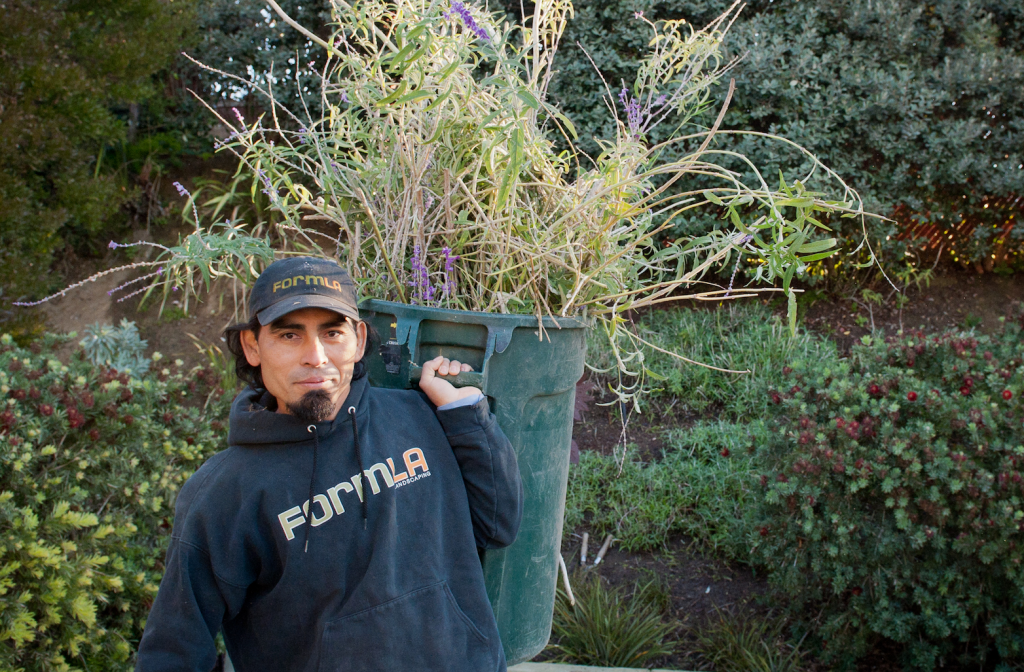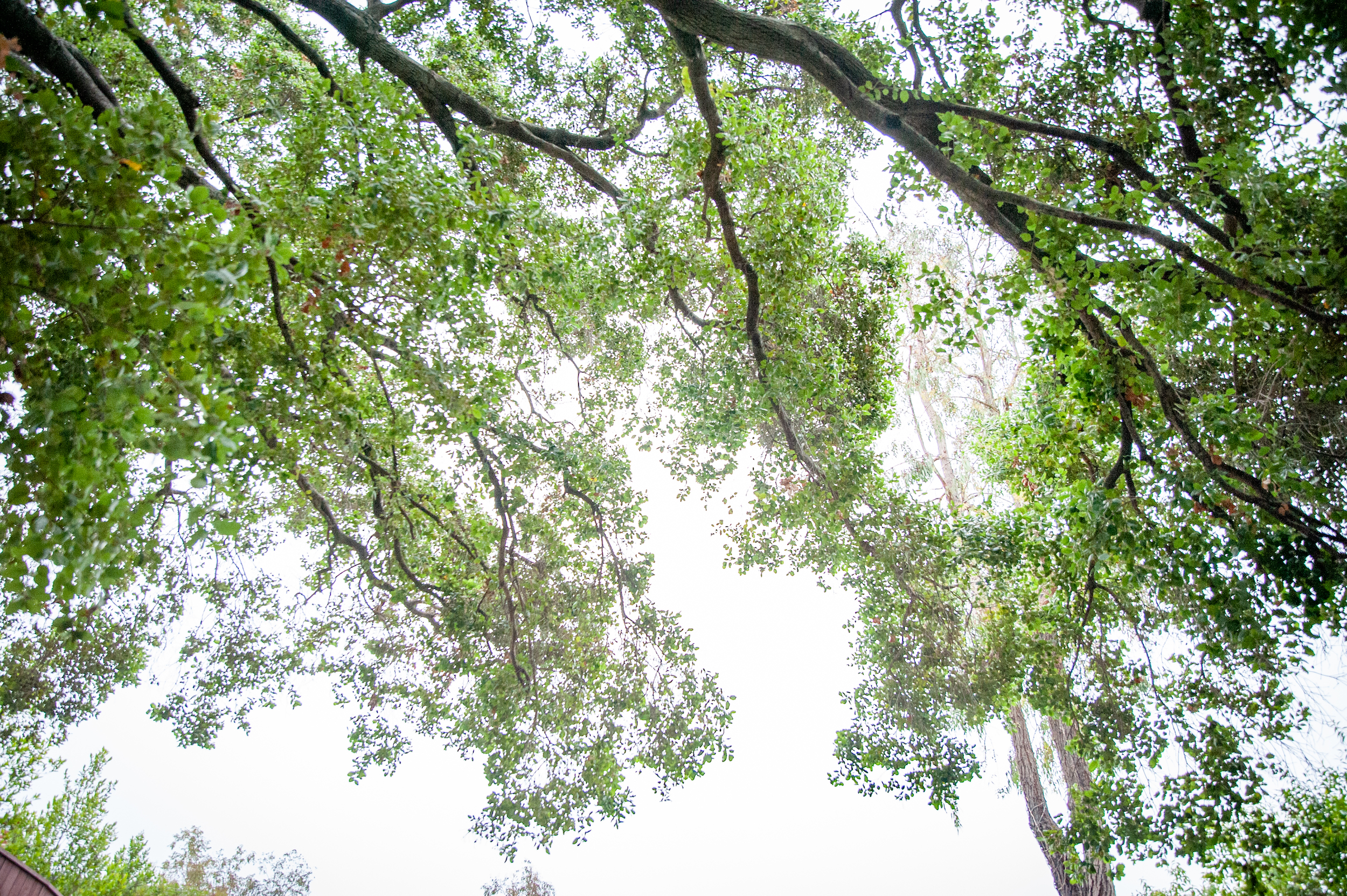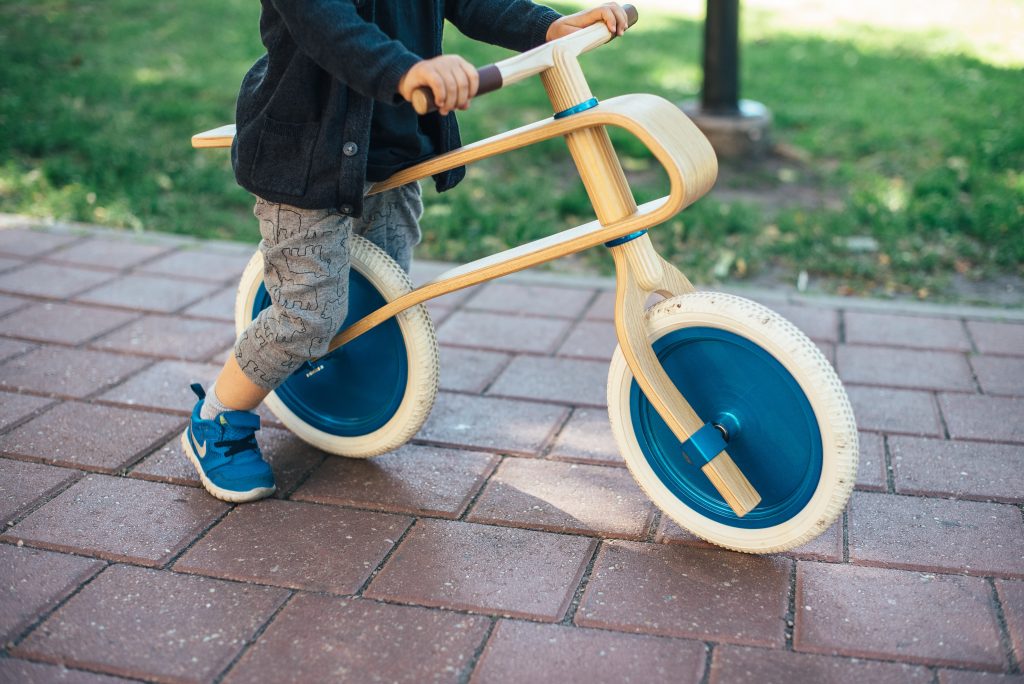9 Water-Free Ways to Mitigate Fire Danger with Landscape Maintenance
Updated June 2024. By Oscar Ortega and Patrick Barrett: Hydration is essential to wildfire defense, yet applied water is only one way we work to add fire defense to a home. Here are other smart maintenance practices that can protect you, your home, and water.

Go Long, Stay High
Cutting your too low or letting it become dry can leave the lawn functioning like an “ember bowling alley,” hard enough to let embers roll and bounce toward a home.
Tip: For traditional lawns, keep your mower height a bit high and allow cut grass to mulch your lawn. This will keep your lawn hydrated and protect it from the summer heat. Consider replacing turf with an IdealMow lawn or meadow that naturally holds hydration throughout the year.

Uplift and Edit Shrubbery
Hydrated, healthy foliage can protect homes from fire, acting as “catcher’s mitts” for errant embers. The best method for maintaining shrub health is structural pruning, where dead and damaged shrub material is removed strategically and in an ongoing way.
Tip: Leave the chain saw in the garage and picking up the pruning sheers! Compared to onerous brush clearance, structural pruning can feel like a pleasant walk in the garden.

Protect Tree Canopy
Trees often take the blame for bringing wildfire to a home. They rarely get the credit they deserve for protecting properties. Healthy, hydrated trees can catch flying embers before they can reach our homes. They present the least danger and protect us best when limbs are kept at a distance from homes, particularly roofs and eves, and when we assiduously protect their health.
Tip: Protect tree roots by minimizing anything, like gravel or stones that that might heat or compact the soil around them. Refer to our tree care timeline for a detailed list of to-dos and to-don’ts. Hand water when necessary or invest in deep water spikes to deliver water to their roots. Note that maintenance ofpalm, juniper or cypress trees truly safe.

Keep up the Tech
Smart irrigation and outdoor lighting are critical to garden health and the safety of fire fighters and your routes of escape.
Tip: Pay attention to tells that your smart irrigation system needs adjustment, and quickly address issues if you see foliage flag or dry. Know how to work this system remotely – wet materials don’t burn, and keeping your landscape hydrated helps protect both your home and those who may be on-site to save it. Quickly replace lights that amplify visibility along walkways and drives.

Get Out of the Gutter
While our minds are frequently in the gutters during rainy season, gutters should not leave our minds in summer! Flying embers use dry leaves, needles, and other material to build enough heat to ignite a home. It’s critical to keep these catching points clean.
Tip: Cover gutters with fine wire mesh to keep leaves out. It improves fire safety while reducing maintenance needs.

Keep It Clean
We live in our gardens a bit more in summer. Putting away tools, toys, “enjoyment” features like cushions and umbrellas, as well as petroleum-based fuels and fertilizers when not in use minimizes trip hazards and ignition opportunities. Of course, it is also wise to frequently sweep and rake litter in Zone 0 and quickly place these materials in green waste containers stored at least 5 feet away from the home.
Tip: Designate a storage location for enjoyment features, and create a habit of storing them when not in active use.

Weed Out Arsonists
While hydrated foliage is defensive, dry grasses are ready tinder for fire. Arson grasses, Feather, Fountain and Pampas Grasses, pose dangers to us all. They can quickly take over a garden space, love using any open dirt available to move into wild spaces, and quickly spread wildfires.
Tip: Weeding a little day by day can be fun – these tips! Easy or onerous, its incredibly important as we approach fire season.

Mulch for Hydration
Adding the right mulch to planted areas and barren pathways keeps soil hydrated and cool, prevents weed growth, and increases plant health and hydration. Beware of inorganic mulches like shredded tire and petroleum products, and landscape fabrics, which are highly flammable. Wood chips can also burn.
Tip: Use compost-grade mulch in high fire severity areas. Use ember resistant materials, like gravel, in the 5 feet closest to your home.

Fire-Up with Care
Outdoor fireplaces and fire pits are in high demand and can be some of the most delightful garden features. It’s important to design, build, maintain and use them safely and sustainably.
Tip: Check with your municipal and fire agency for location-relevant guidelines, keepg features free of debris, check valves to ensure they do not leak and shut off completely, and stay present until fire is out.
Consistently taking these 9 actions ensures you, your property, and our fire fighters will be as ready as possible for fire season, which is now 365 days a year.